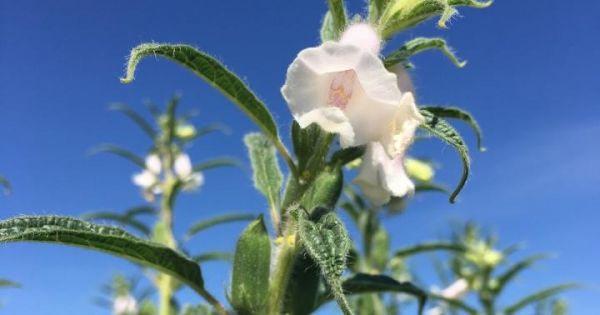Texas has a long history of growing cotton. It’s a resilient crop, able to withstand big swings in temperature fairly well. However, growing cotton in the same fields year after year can be a bad idea. Nutrients can get depleted. Disease can lurk in the ground during the winter season, only to attack the following year. Thus, rotating cotton with other crops could be a better system.
Agronomists have been researching various alternative crops that will grow well in western Texas. This area is part of the Ogallala water aquifer, which has been hit extremely hard the past few decades by drought. Another crop, sorghum, grows well with low water availability, but the yield can be greatly affected by drought conditions.
Irish Lorraine B. Pabuayon, a researcher at Texas Tech University (TTU), is on the team looking at an alternative crop for west Texas: sesame.
Like cotton and sorghum, sesame is also a “low-input” crop. This means it does not need a great deal of water, something that vegetable crops, corn and wheat need regularly and in large quantities.
Read more at American Society of Agronomy
Image: This is a sesame flower growing atop a sesame plant in western Texas research fields. (Credit: Irish Lorraine B. Pabuayon)


